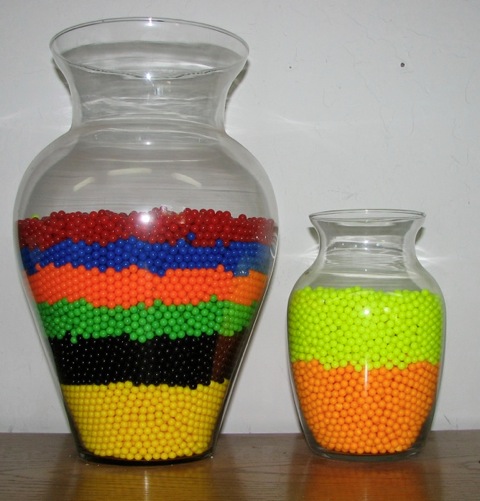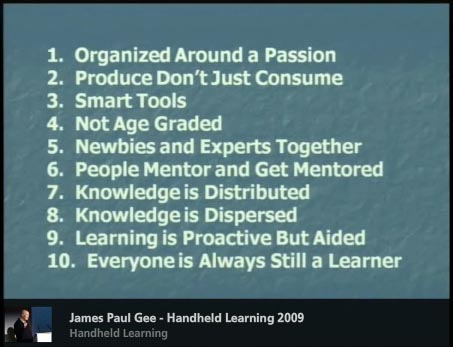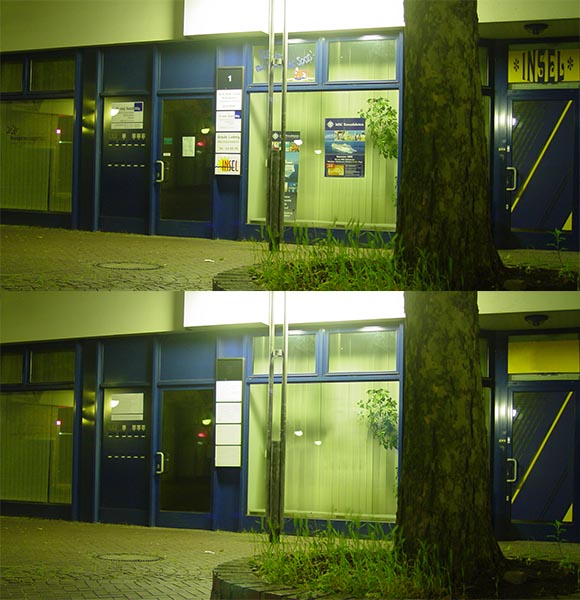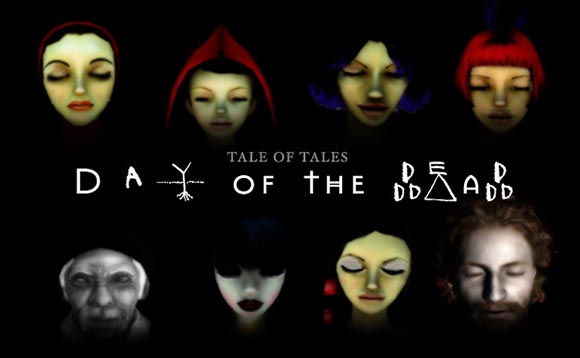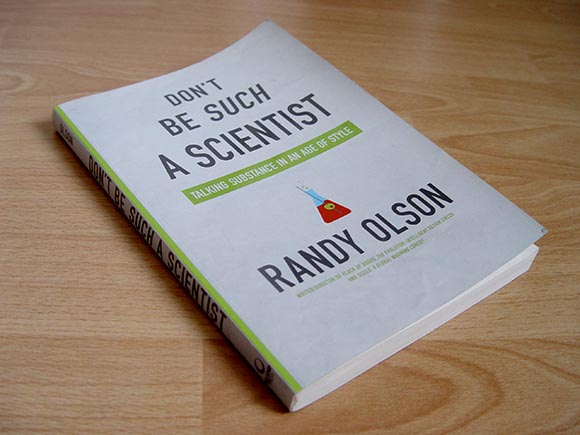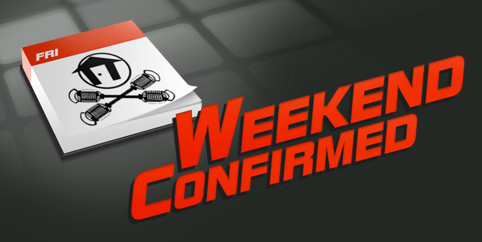No post yesterday and on Friday? Wait, I can explain. I went to London to visit an Imogen Heap concert. And it wasn’t just any concert either. It took place in the Royal Albert Hall. Calling it spectacular would be an understatement.

Are you ready to electronic alternative indie ambient trip-hop classical synthpop rock? (Photo by Veronika Barth)
I first heard Imogen Heap back when she was still in Frou Frou. I noticed her first in a fan-made Anime video. Over the time, I stumbled across her songs quite frequently (Garden State, The O.C.) and realized that she continued her work individually. I really enjoy her muisc. But it’s even more amazing to see/hear her live. She might not come off quite as polished when heard live but the way she is able to reproduce her songs on stage is mind-boggling. She truly is a digital artist. DJs eat your hearts out.
And of course Royal Albert Hall enhances the experience that much more. Interestingly, not in an acoustic way. The building huge. The sound comes from distant loudspeakers. Smaller venues let you experience the sound with your entire body. Royal Albert Hall is far from it.
But on the other hand, it was huge and it was full of people. Imogen used the audience in some of her songs. It was thousands of people deliberately constructing a song together. A once-in-a-lifetime moment. Sadly, it was her only concert in the Royal Albert Hall. She will continue doing her tour but the other concerts will certainly be smaller venues.
So it was a quite memorable trip. Just too bad it sabotaged yet another weekend. I need to remember to keep the rest of the year clear of any additional activities in order to concentrate on my work.


